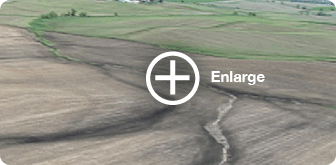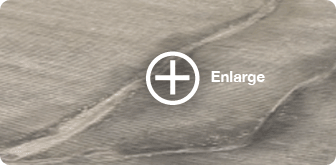EXECUTIVE SUMMARY – Page 2
The accelerating soil loss is being driven by federal farm policies that encourage and subsidize sowing commodity crops on even the most fragile terrain, as well as by intense rainstorms that occur with increasing frequency as Earth’s climate warms. The recent history of severe springtime flooding across the Midwest is but the most immediate consequence of this trend, but the impact on the region’s agriculture and environment will be the greater and more lasting disaster.
Meanwhile, efforts to curb soil erosion, many of them launched under a 1985 law that temporarily produced a 40 percent reduction in erosion and runoff from the most vulnerable cropland, have faltered badly. The backsliding began in 1996 when Congress made an abortive attempt to phase out the farm subsidy program, along with its soil conservation requirements. In the end, lawmakers instead returned to plowing billions into farmers’ hands through ad hoc disaster payments, ultimately restoring the earlier farm subsidy program with a vengeance by 2002.
Although provisions of the 1985 farm bill remain on the books and require famers who accept subsidies to implement soil conservation measures on their most vulnerable cropland, official reports and anecdotal evidence show that enforcement has waned.

 Twitter Updates
Twitter Updates




